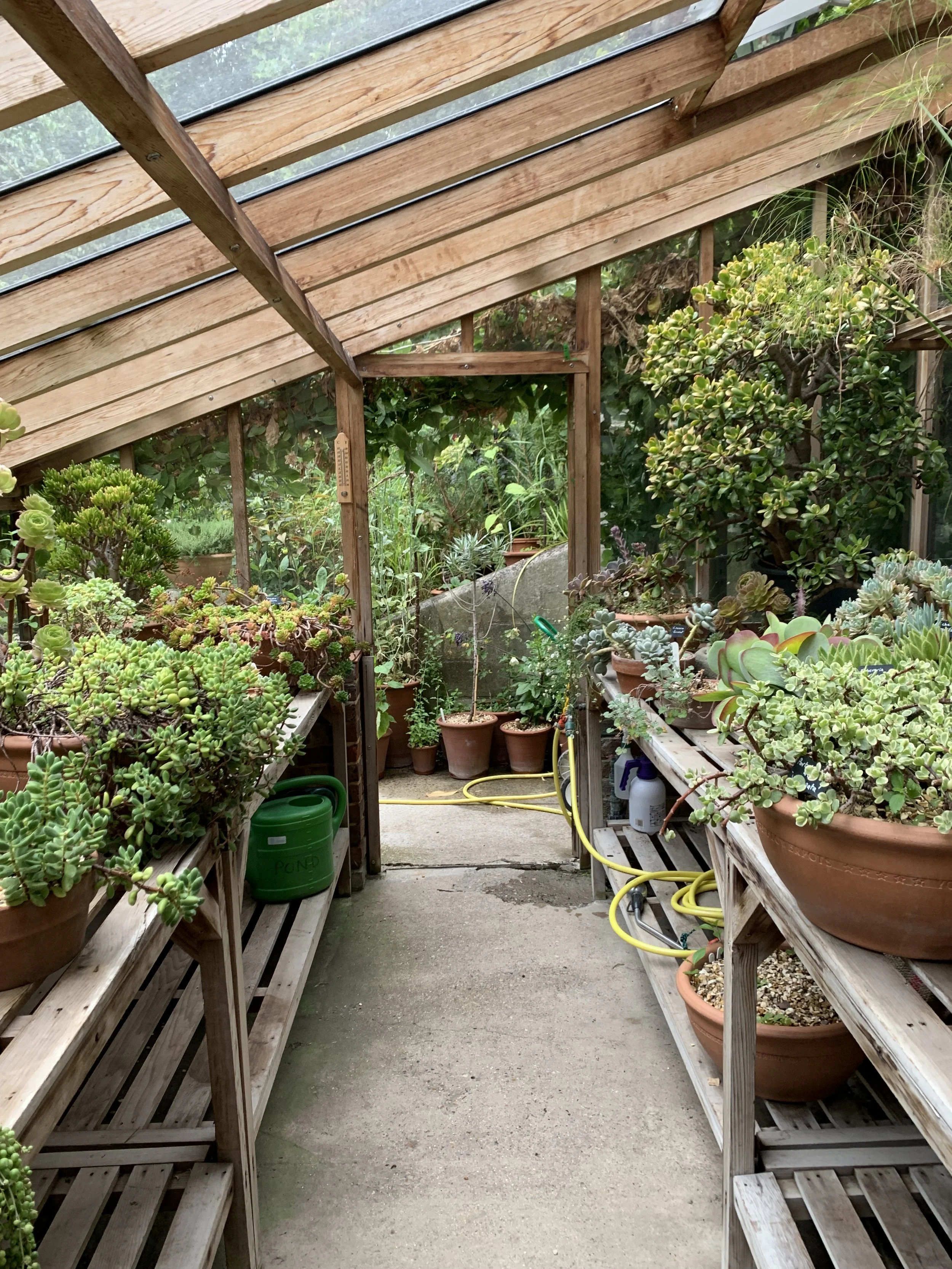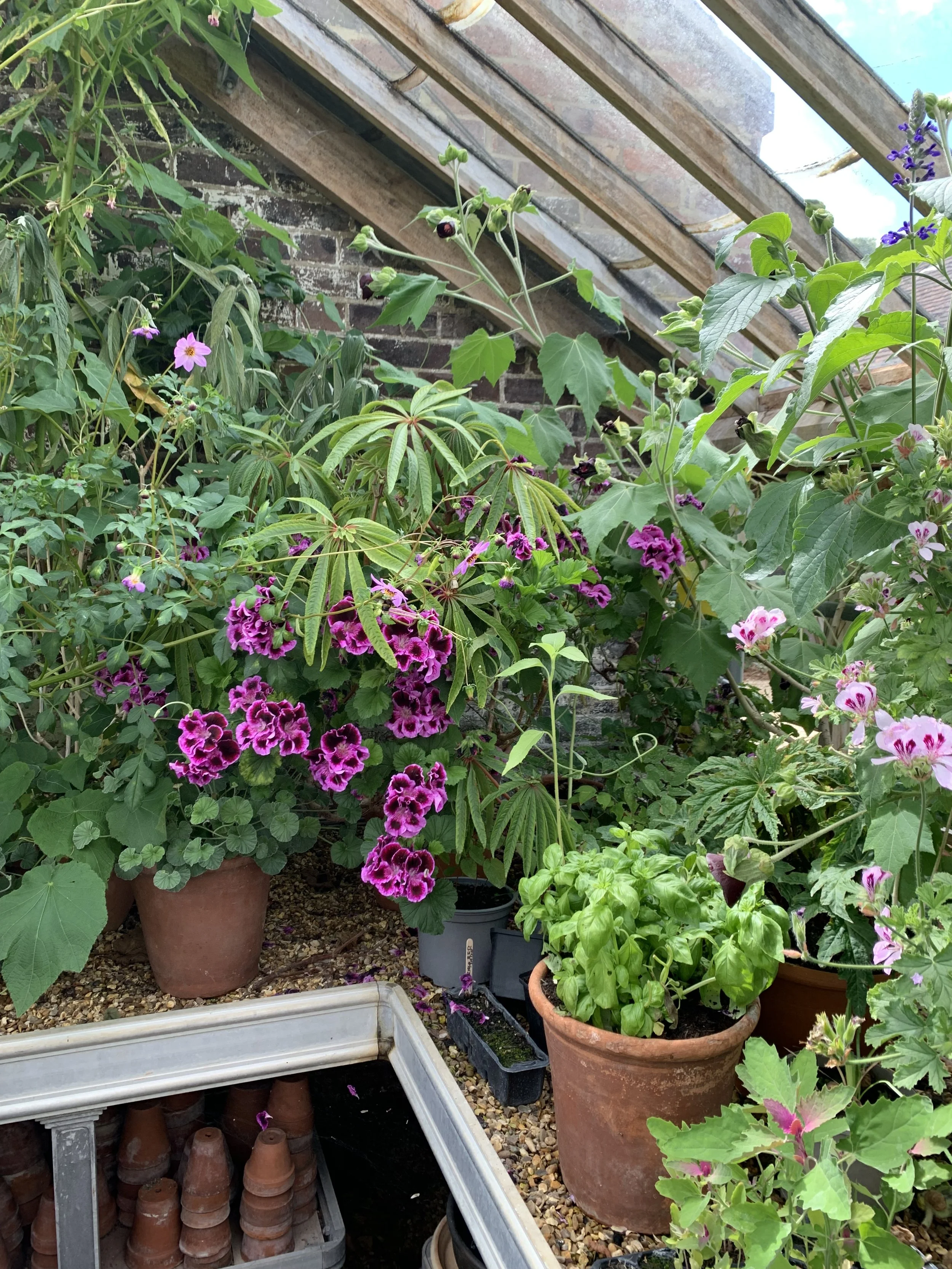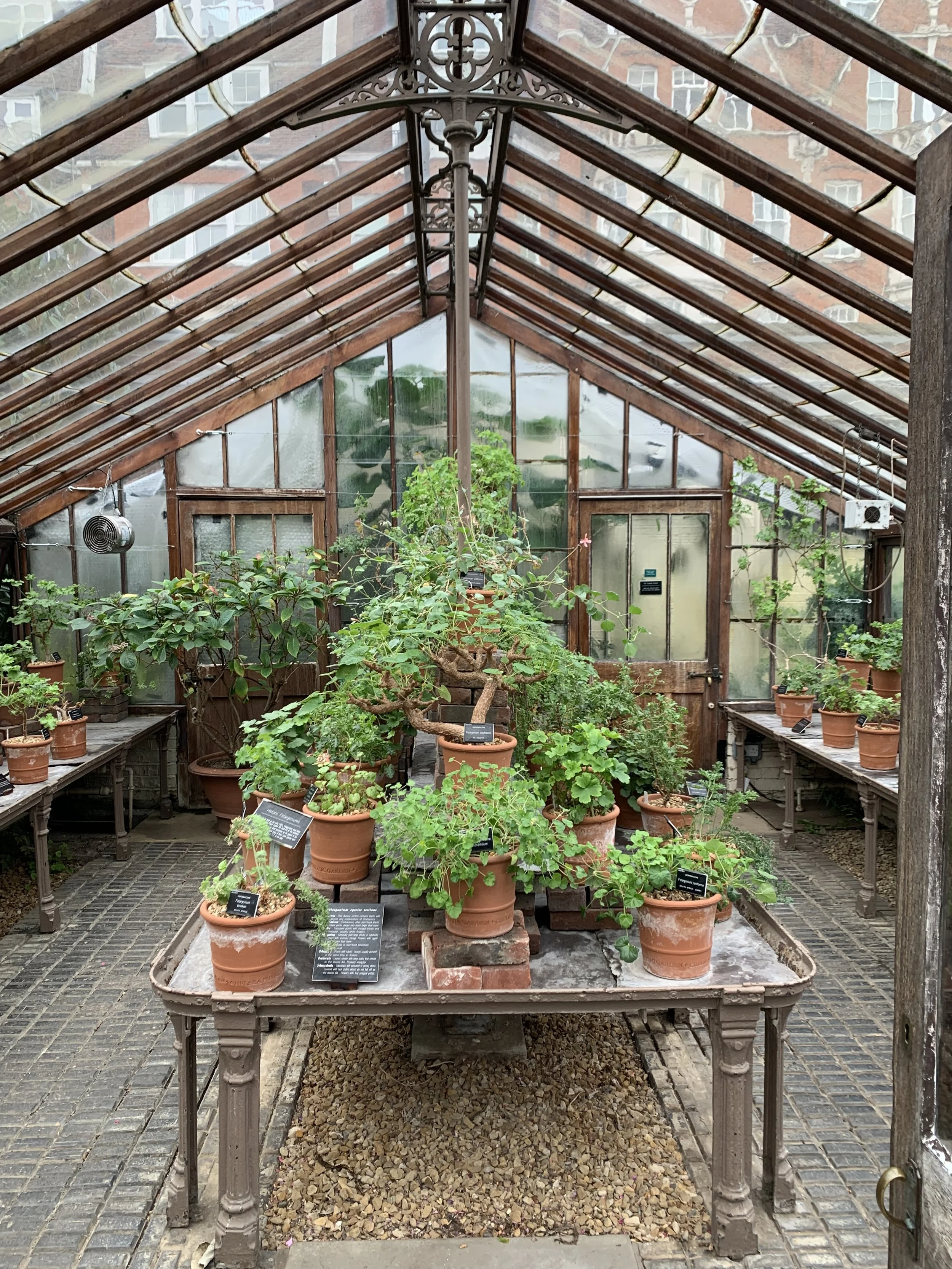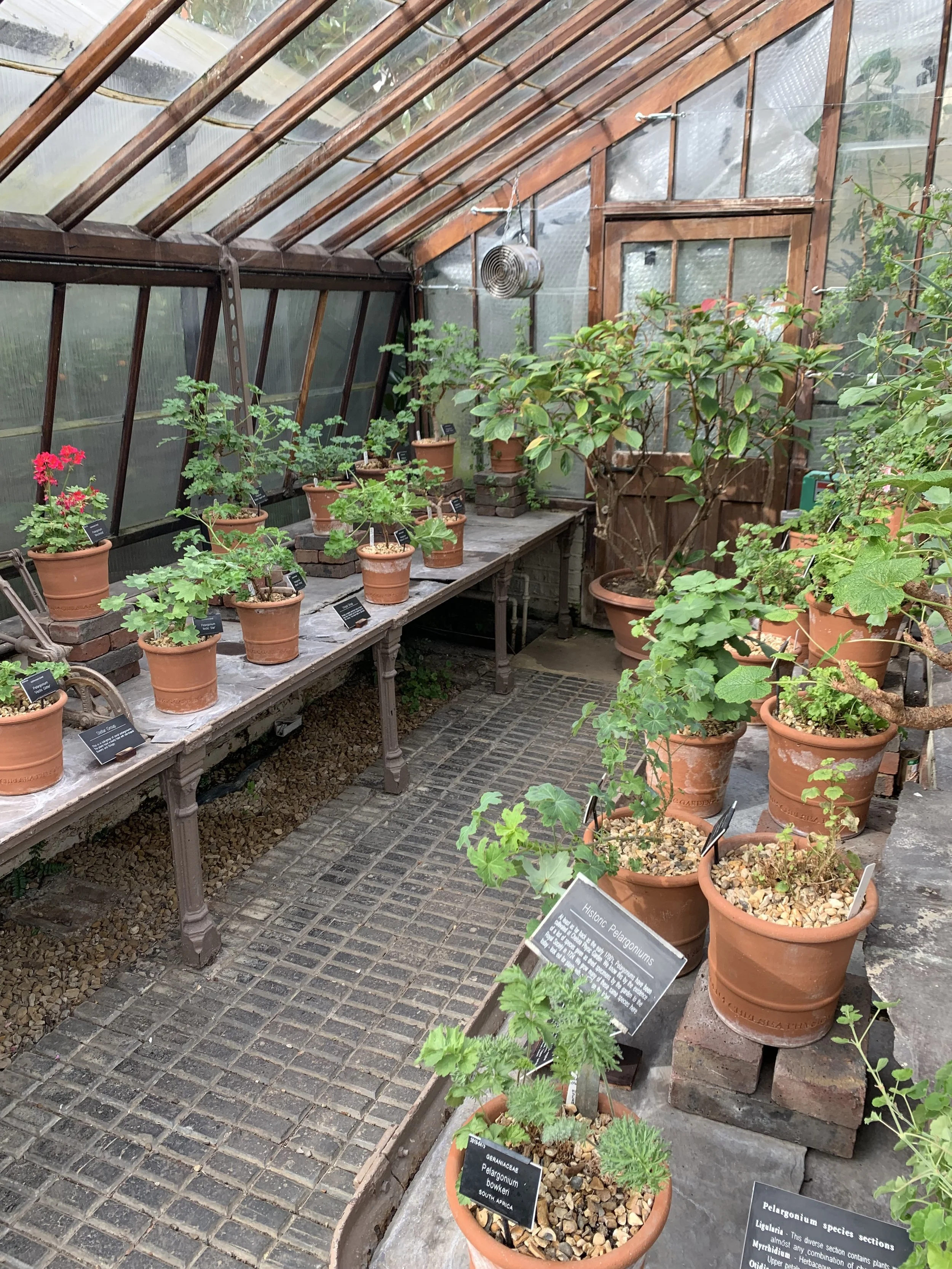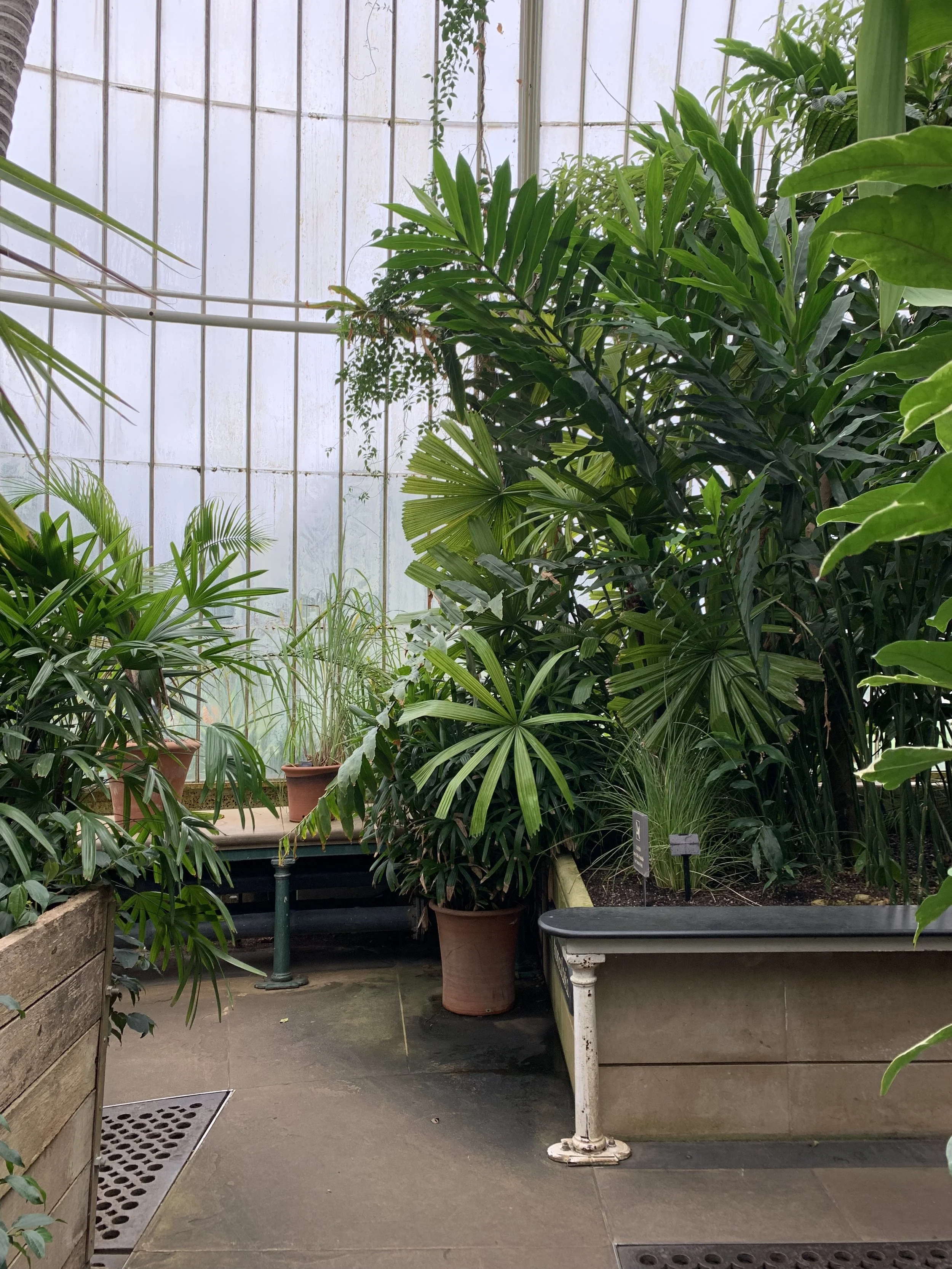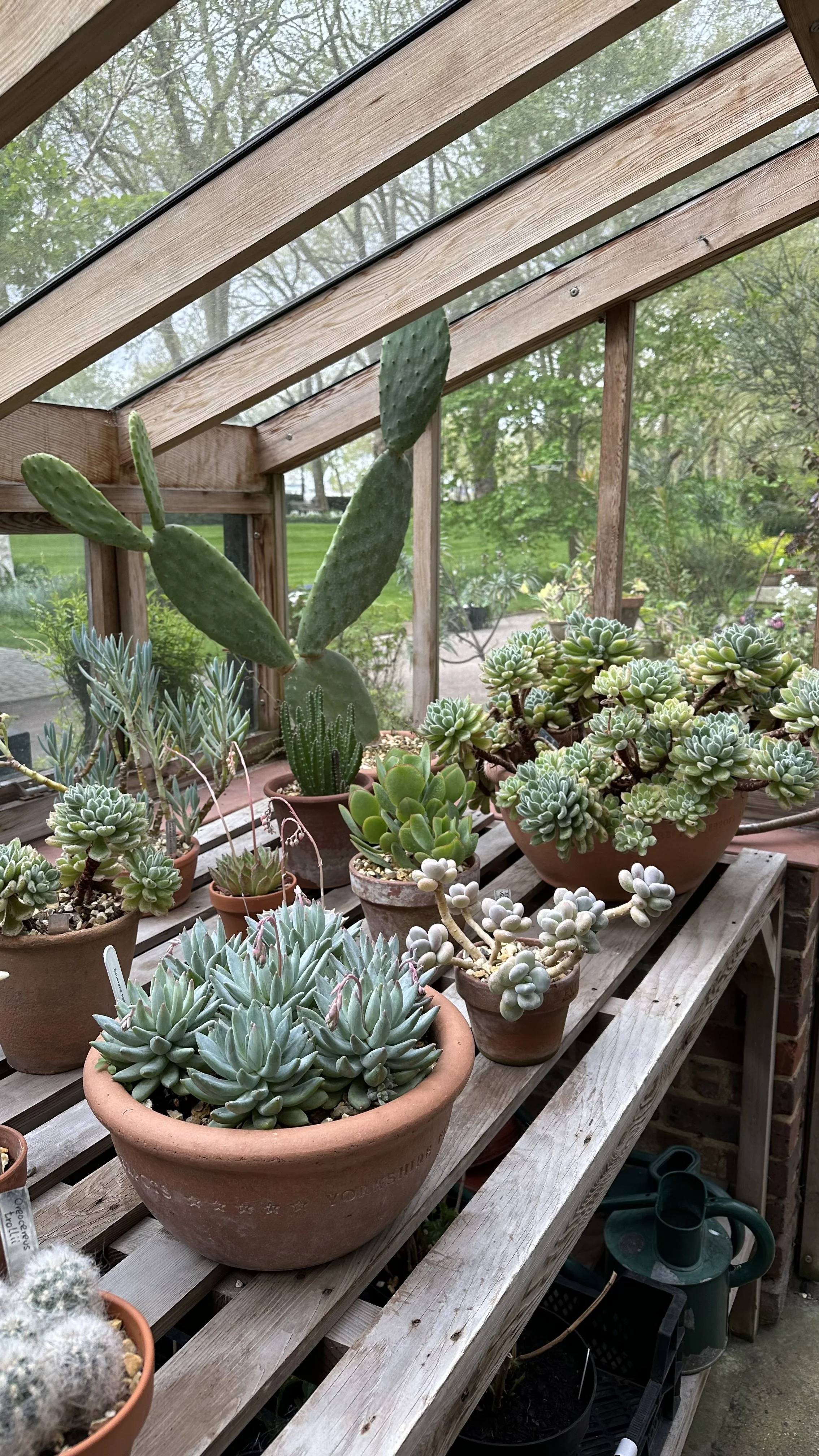How Does a Greenhouse Work?
This article has links to products that I may make commission from.
The marvel of how greenhouses work isn't just in its design or construction but in the magic that happens inside those translucent walls.
Imagine a space where plants thrive year-round, regardless of the external weather conditions.
A place where the air inside is a careful concoction of warmth and moisture, tailored precisely to what plants need.
For many gardeners, greenhouses are sanctuaries.
They're havens where delicate greenhouse plants flourish, where the temperature inside is consistently optimal, and where every plant inside is shielded and nurtured.
Step into a greenhouse, and you'll immediately feel the difference – it's warm inside, a stark contrast to a cold winter's day, and every leaf and petal seems to glow with health and vitality.
In this post, we'll dive deep into the science and benefits of these botanical paradises, exploring why they are essential for so many gardeners.
To learn more about growing in greenhouses, check out my guide:
Basic Physics of a Greenhouse
Understanding the greenhouse effect requires diving into the nuances of energy transfer, materials, and the behavior of light.
Let's break down the science behind it.
The Science of Light Energy:
Sunlight is composed of a spectrum of wavelengths, from ultraviolet to visible light to infrared.
When this sunlight strikes the Earth, or in this case, the walls and contents of a greenhouse, it is absorbed and re-emitted as infrared radiation, or heat energy.
Glass and Plastic Sheeting:
Transparent materials like glass and plastic used in greenhouses are unique.
They allow the sunlight, rich in visible and ultraviolet light, to pass through effortlessly.
But when the absorbed light turns into infrared radiation or heat, these materials become less transparent.
This means that the heat energy struggles to escape, effectively getting trapped inside.
Air Circulation and Heat:
Within the confines of a greenhouse, trapped heat warms up the air.
However, the story doesn't end here.
Warm air rises, creating a circulation pattern within the greenhouse.
As warm air moves upwards, cooler air takes its place, gets heated, and continues the cycle.
This circulation pattern ensures a more consistent distribution of warmth.
The Role of Reflection:
Not all the light entering a greenhouse is absorbed. Some of it is reflected.
However, even this reflected light, when it hits another surface inside the greenhouse, has another chance to be absorbed and converted to heat, enhancing the warmth even further.
Carbon Dioxide’s Role:
While the primary driver of the greenhouse effect is the trapping of heat, carbon dioxide plays its part too.
Higher concentrations of carbon dioxide inside a greenhouse can be beneficial for plant growth, but they also contribute to heat retention.
Molecules of carbon dioxide absorb certain wavelengths of infrared radiation, keeping the interior even warmer.
Differences from Earth’s Greenhouse Effect:
It's essential to differentiate between the greenhouse effect in a garden greenhouse and the Earth's atmosphere.
The latter involves gases like carbon dioxide, methane, and water vapor on a global scale, impacting global temperatures.
In contrast, a garden greenhouse's effect is a localized phenomenon, primarily dictated by its materials and structure.
Tomatoes and Lettuce grow wonderfully in greenhouses.
Check out my growing guides:
Benefits of a Greenhouse for Plants
Greenhouses have become invaluable tools for gardeners.
But what are the exact benefits these controlled environments offer to the plants housed within them?
Consistent Temperature Control:
Greenhouses offer the remarkable advantage of maintaining stable temperatures.
The fluctuating temperatures of the outdoor environment can stress plants, causing them to either halt growth or, in some cases, die.
A greenhouse, however, allows gardeners to stabilize temperatures, ensuring that plants get the consistent warmth they require for thriving.
Protection from Adverse Weather:
Mother Nature can sometimes be harsh.
Heavy rains, storms, frost, or even excessive sun can negatively impact plants.
Greenhouses act as a shield, safeguarding plants from these extreme conditions.
This protective layer ensures that plants aren't directly impacted by sudden weather changes.
Extended Growing Seasons:
In areas with shorter growing seasons due to cold winters or early frosts, greenhouses provide a significant advantage.
They enable gardeners to start cultivating plants earlier in the spring and extend the growing season into late fall or even winter.
Pest and Disease Management:
The enclosed nature of greenhouses gives gardeners better control over potential infestations.
By reducing exposure to pests like insects or rodents, the risk of diseases they might carry is also minimized.
This controlled environment allows for a more proactive approach to pest management, without always resorting to chemical pesticides.
Optimal Growth Conditions with Carbon Dioxide:
Plants use carbon dioxide (CO2) for photosynthesis, a process vital for their growth.
Greenhouses can maintain higher concentrations of CO2, which can accelerate plant growth.
Enhanced CO2 levels, combined with optimal temperatures and protection from external threats, can significantly improve plant yield and quality.
Flexibility in Cultivation:
With a greenhouse, gardeners aren't limited to local flora.
It becomes feasible to grow a wider variety of plants, including exotic or tropical species, irrespective of the local climate.
This versatility opens up a world of horticultural possibilities, from growing rare orchids to cultivating out-of-season vegetables.
Resource Efficiency:
Greenhouses can be set up with automated watering systems, ensuring plants receive the exact amount of water they need.
This not only conserves water but also ensures optimal plant growth by preventing over-watering or under-watering.
For more watering tips, check out my guide How to Use Watering Globes.
My top 3 recommended picks for Greenhouse Kits:
Walk-in Greenhouse with 3 Tier Shelves
Mini Greenhouse with Shelves
Large Walk-in Tunnel Greenhouse
For more growing tips, check out my guide:
Working Mechanics of a Greenhouse: Step-by-Step
To truly appreciate the beauty of a greenhouse, it's essential to understand the intricate mechanics that facilitate its effectiveness.
Here's a more in-depth exploration, step by step:
Sunlight Entry - The Beginning:
Sunlight, with its myriad of wavelengths, is the primary energy source for greenhouses.
The transparent walls, whether glass or plastic, allow this sunlight to penetrate freely, marking the start of the greenhouse effect.
Conversion to Heat - The Transformation:
As this light enters and interacts with surfaces within the greenhouse - be it the soil, plants, or other structures - it's absorbed.
This absorption prompts the light energy to be transformed into heat energy.
This is a pivotal moment as the warm environment crucial for plants is born from this transformation.
Heat Retention - The Trap:
The genius of a greenhouse lies in its ability to retain this generated heat.
The materials used, especially glass walls and plastic sheeting, have properties that permit sunlight to enter but restrict the outward passage of the resulting infrared radiation (heat).
This phenomenon ensures the warmth remains inside, enveloping the plants in a consistent temperature.
Ventilation Systems - The Balancer:
It's not always about keeping the heat in; sometimes, it's about letting some of it out.
Especially during hot summer days, the internal temperature of a greenhouse can skyrocket.
To prevent this overheating, greenhouses come equipped with ventilation systems.
These systems, whether manual or automated, allow excess heat to escape, ensuring that the internal environment remains optimal for plant growth.
Carbon Dioxide Enrichment - The Growth Catalyst:
Plants require carbon dioxide for photosynthesis, the process through which they produce their food.
In a greenhouse setting, gardeners can control and sometimes elevate the levels of carbon dioxide.
This enriched environment can boost photosynthesis rates, leading to faster and more robust plant growth.
Humidity Management - The Moisture Maven:
Humidity plays a critical role in plant health.
Greenhouses, with their trapped warm air, can often have elevated humidity levels.
While certain plants thrive in these conditions, it's crucial to manage and regulate humidity to prevent fungal diseases.
This is where tools like fans, dehumidifiers, and proper ventilation come into play, helping strike the right moisture balance.
Shade and Cooling Systems - The Protectors:
On particularly sunny days, direct sunlight can be too intense for some plants.
Greenhouses can be equipped with shade cloths or cooling systems to ensure plants aren't exposed to harsh sunlight, providing them with just the right amount of light and warmth.
Through these steps, one can see that a greenhouse isn't just a static structure.
It's a dynamic environment, each component working in harmony to provide plants with the perfect conditions they need to flourish.
For more growing tips, check out my guide:
Special Cases: Variations in Greenhouse Use
While the primary function of a greenhouse remains consistent - to create a controlled environment optimal for plant growth - the specifics can vary based on individual needs, local climates, and specialized purposes.
Let's look at some of these unique greenhouse variations:
Cold Frames and Hot Beds:
A smaller cousin of the traditional greenhouse, cold frames are essentially mini-greenhouses, often used to protect seedlings from cold weather.
They are box-like structures with a transparent top, typically situated directly on the ground.
Hot beds are similar but include a source of bottom heat, such as heated cables or fresh manure, to provide additional warmth.
High Tunnel vs. Low Tunnel Greenhouses:
High tunnels, also known as hoop houses, are tall structures that allow for cultivation directly in the ground, and they're often used for growing vegetables, fruits, or flowers.
Low tunnels, on the other hand, are shorter, catering more to small plants or seedlings.
Both types are typically covered with plastic sheeting and are simpler than traditional greenhouses, offering more mobility and versatility.
Shade Houses:
In regions where the sun can be excessively harsh, shade houses are used.
These structures are equipped with screens or woven materials that filter sunlight, ensuring plants receive diffused light, protecting them from direct sun exposure.
Aquaponic and Hydroponic Greenhouses:
Some greenhouses are designed specifically for aquaponics (a system combining fish farming and plant cultivation) or hydroponics (growing plants without soil).
These systems allow for the cultivation of plants in water enriched with nutrients, either from fish waste or added minerals.
Orchid Houses and Cacti Greenhouses:
Catering to the unique needs of certain plants, some greenhouses are designed specifically for one type of plant.
For instance, orchid houses maintain high humidity and filtered sunlight, while cacti greenhouses ensure bright light and controlled watering.
Solar Greenhouses:
Tapping into sustainable energy, solar greenhouses are designed to capture, store, and distribute solar energy efficiently.
They often have insulated walls, floors, and a strategic orientation to maximize sunlight absorption during the day and release the stored heat during the night.
From these variations, it's clear that while the foundational principles of how greenhouses work remain consistent, their applications are vast and diverse.
These structures can be tailored to meet specific needs, making them indispensable tools in the world of horticulture and plant science.
Equip your urban green space with my recommend top tier tools.
FAQs
How does a greenhouse work in winter?
A greenhouse operates in winter primarily by trapping solar radiation, even during the colder months.
When sunlight passes through the transparent walls and roof of the greenhouse, it is absorbed by the plants, soil, and other structures inside.
This light energy then converts to heat energy, which warms the interior of the greenhouse.
The walls and roof of the greenhouse are designed to trap this heat, preventing it from easily escaping, and thus maintaining a temperature inside that is warmer than the outside environment.
Additionally, many greenhouses are equipped with supplemental heating systems to ensure that temperatures remain within an optimal range during especially cold periods.
How cold will a greenhouse work?
The effectiveness of a greenhouse during cold periods largely depends on its construction, insulation, and any supplemental heating used.
In general, even without added heat, a well-constructed greenhouse can keep the interior temperature several degrees warmer than the external environment.
However, if you're growing plants that require tropical or subtropical temperatures, this may not be sufficient during particularly cold spells. In such cases, gardeners often use supplemental heaters.
With adequate heating, a greenhouse can function even in sub-zero temperatures, allowing for year-round cultivation in many climates.
It's essential to note that during extremely cold conditions, maintaining optimal temperatures might require more energy and thus be more costly.
Is a greenhouse worth it?
The value of a greenhouse largely depends on an individual's gardening goals and local climate conditions:
Extended Growing Seasons:
For regions with shorter growing seasons due to cold or unpredictable weather, a greenhouse can be invaluable, allowing for cultivation well beyond the typical growing months.
Protection:
Greenhouses provide protection against pests, harsh weather conditions, and diseases, ensuring better yields and healthier plants.
Diverse Planting:
They allow gardeners to grow a wider variety of plants, including those not native or suited to the local climate.
Controlled Environment:
Gardeners have more control over conditions such as temperature, humidity, and light, leading to optimized growth and yield.
Cost Consideration:
However, there are costs associated with setting up and maintaining a greenhouse. These include the initial purchase, potential heating costs, and any other climate control mechanisms.
For more growing tips, check out my guide:
Does Fertilizer Go Bad? The Reality of Fertilizer Shelf Life
In the realm of horticulture, greenhouses stand as testaments to our ability to harness nature's principles for the betterment of plant growth.
They represent a fusion of science and passion, wherein understanding the subtle nuances of light, temperature, and atmosphere can lead to thriving botanical wonders.
Whether it's the delicate orchid or the robust tomato plant, greenhouses offer them a sanctuary, ensuring their growth isn't left to chance but is nurtured, optimized, and celebrated.
As we've journeyed through the mechanics and benefits of greenhouses in this post, it becomes evident that these structures are more than just spaces; they're living ecosystems where the dance of life unfurls every day.
